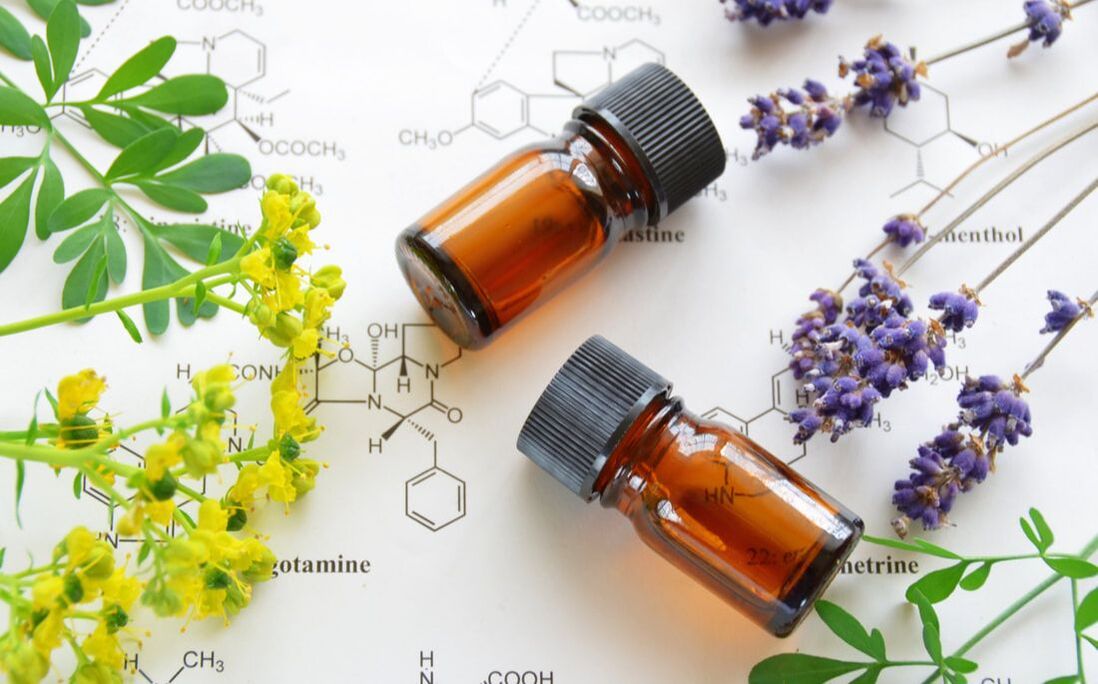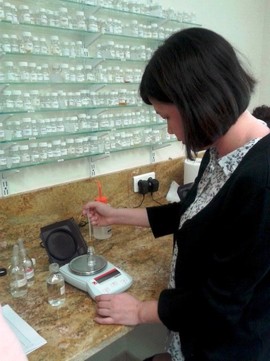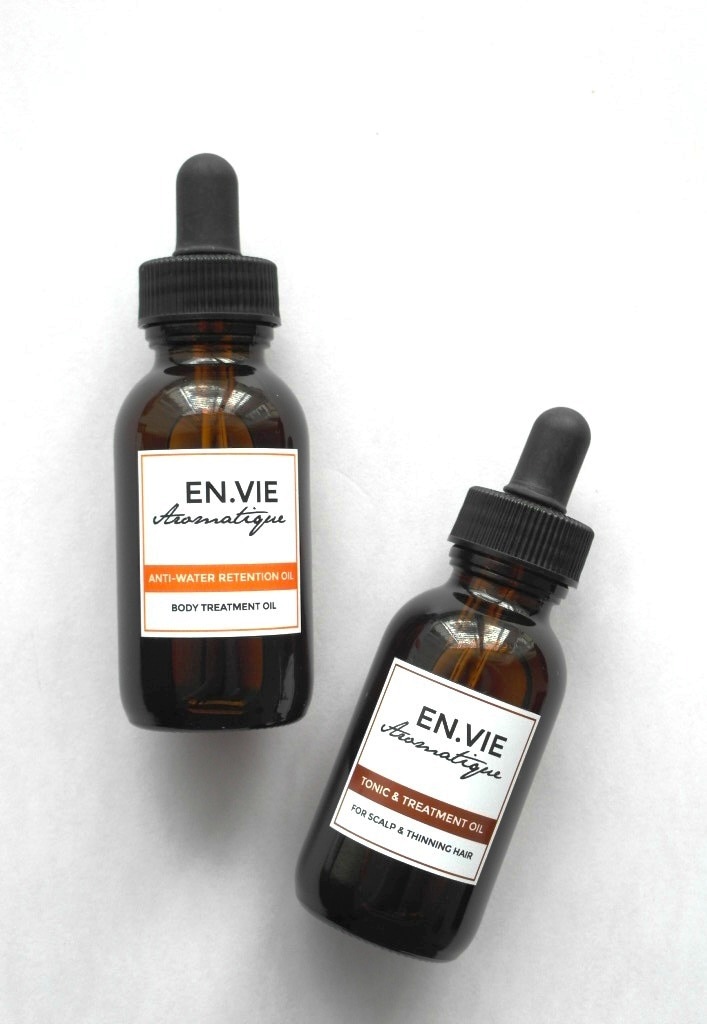1. Chemical properties – this determines the volatility, viscosity and toxicity of the essential oil.
2. Purpose of the blend – Essential oils work harder in a blend. When you mix essential oils correctly, you create a synergistic effect and boost the power of each oil within the blend.
3. Sequence – the order which the oil is added and blended also plays a factor in the resulting blend. When you change this sequence, it affects both the properties and fragrance of the resulting blend.
4. Percentage – While there are no rules how you can mix essential oils for home aromatherapy, it is not a simple, straightforward 1 + 1 = 2 equation when you apply it on skin care formulation or body treatment.
| So perhaps now you can appreciate it is not as easy as it looks, and most businesses selling you essential oils are not equipped with fully qualified staff who understand the source and properties of the oil, nor are they trained in blending. This is why you should purchase oil blends that are professionally made or customised, especially when you are looking to heal the mind and body. However, here are some general rules to consider when mixing your own essential oil blend. (i) Lighter and smaller molecules produce thinner oils that are more aromatic. Heavier and larger molecules produce thicker oils that are less aromatic, and take the body a longer time to absorb. So when you blend lighter molecules with heavier molecules, their synergistic effect allows for the lighter molecules to last longer and the heavier molecules to absorb faster! (ii) This is extremely important when blending natural fragrance and this concept has been used by the perfume industry for years. The heavier oils that extend the life of the more aromatic oils are called fixatives. Some of the best known and most popular fixatives are Ylang Ylang, Myrrh, Frankincense and Sandalwood. (iii) The ratio of essential oil to carrier / base oil is not always 1:1 – it depends on the application purpose. If I make a dilution blend for facial application, I would use 15-20 drops of essential oil. For body, I would use 45-60 drops of essential oils to 100ml of base oil(s). |
In the next blog post, I will share a lesser known method in oil blending – the classification method. But for now, I hope these tips help. Happy blending!




 RSS Feed
RSS Feed
